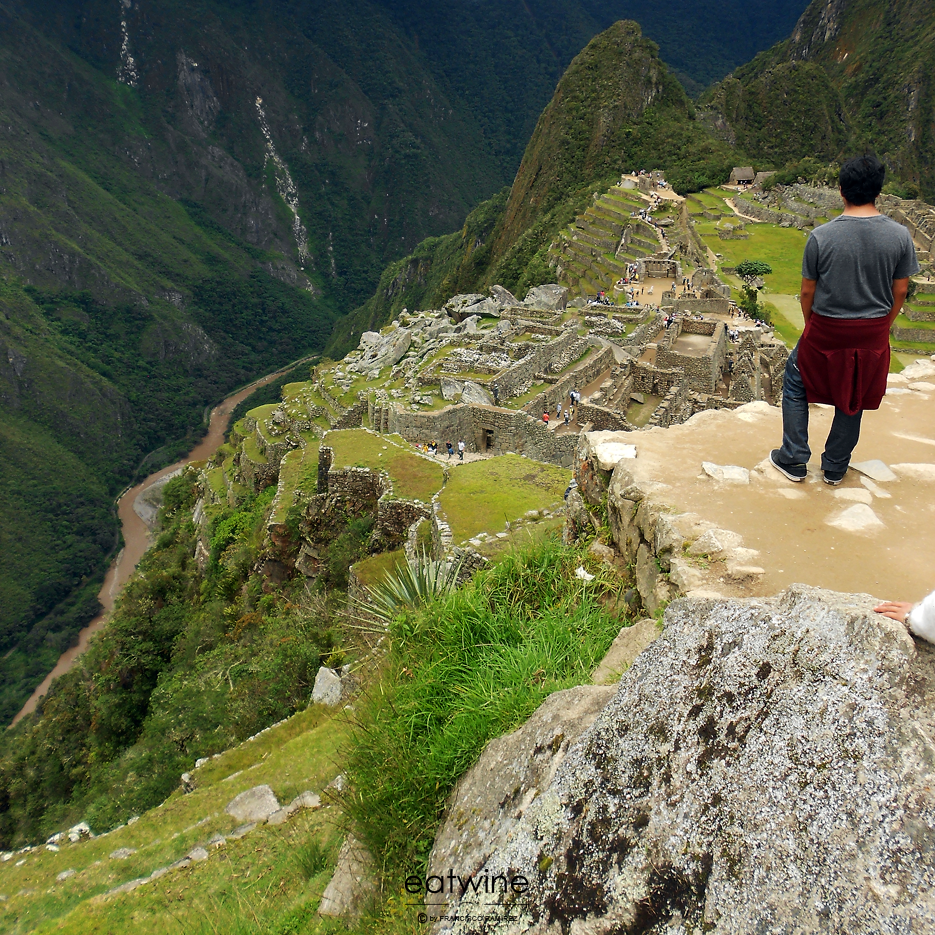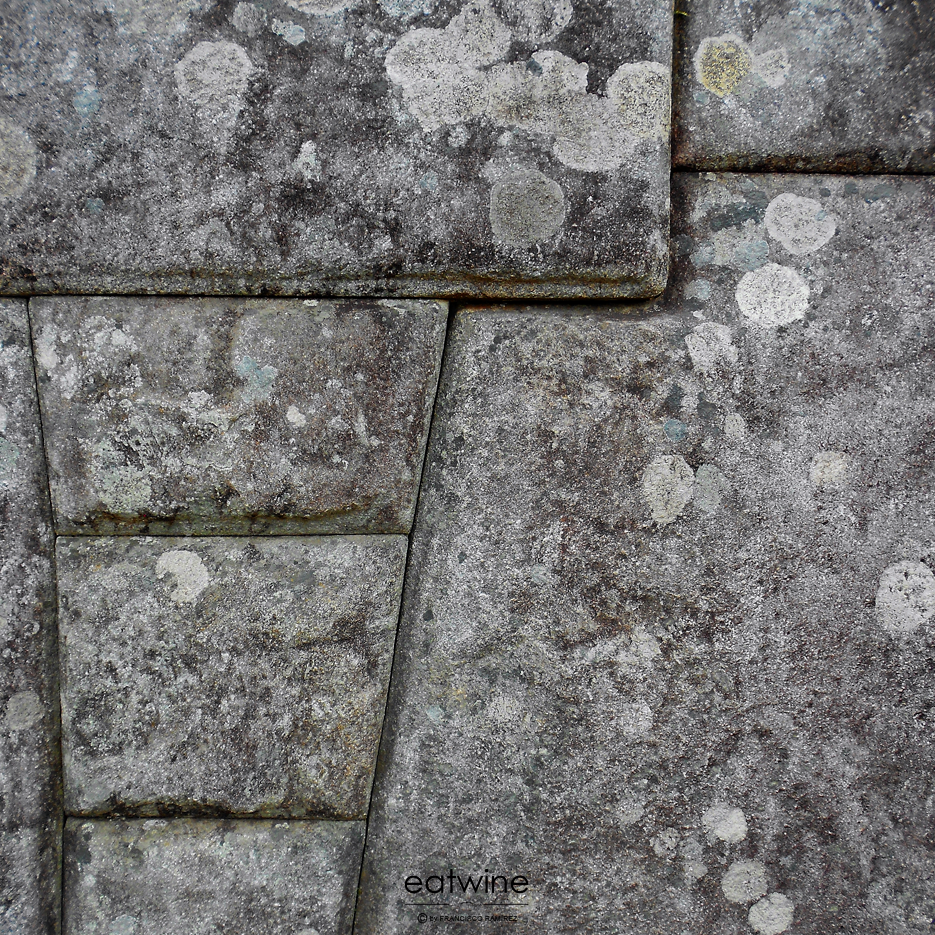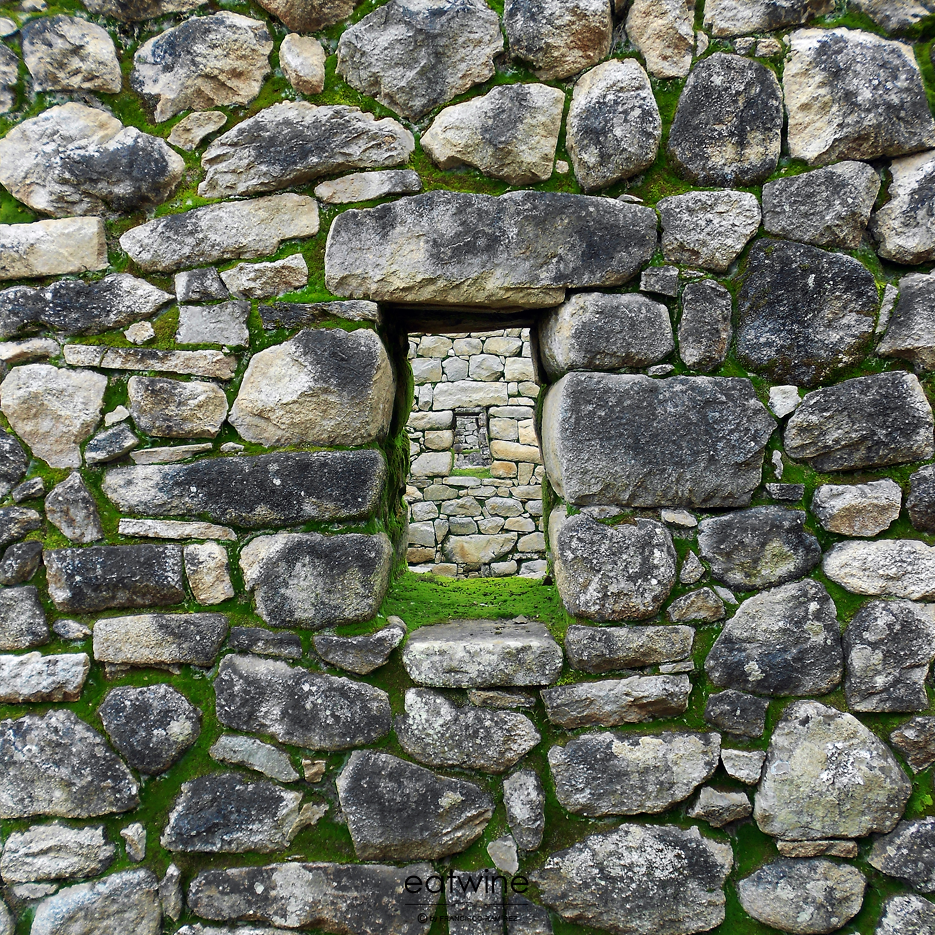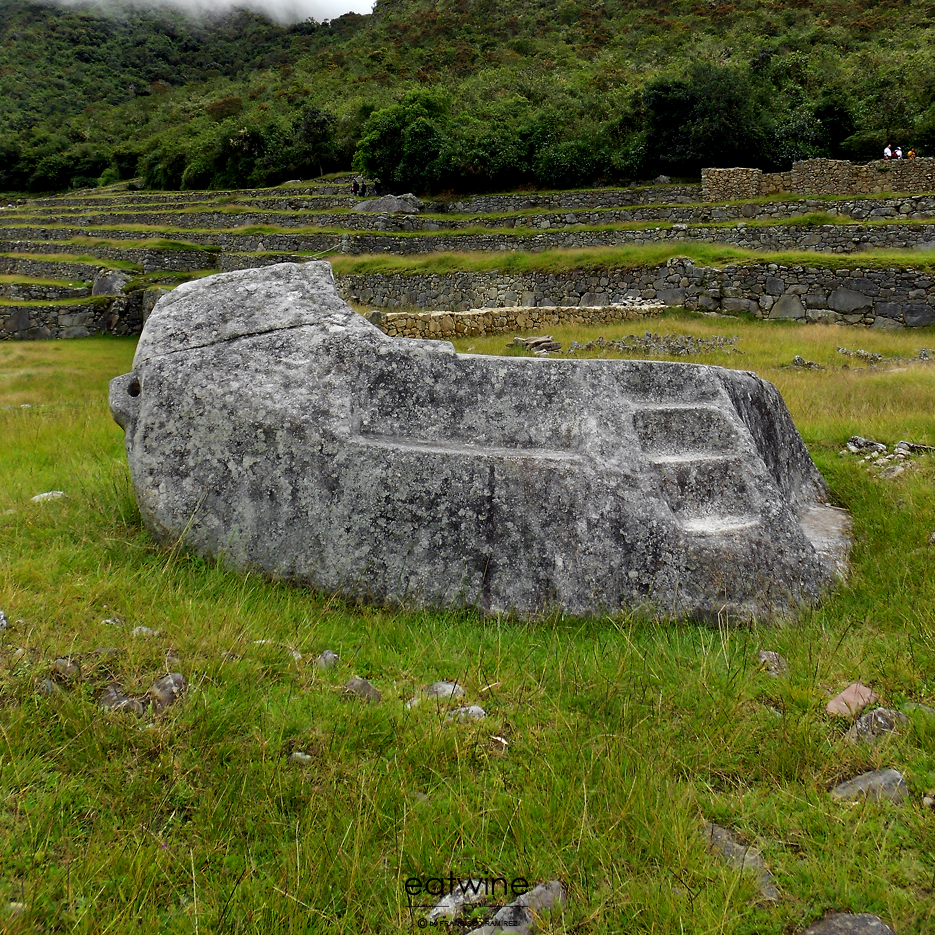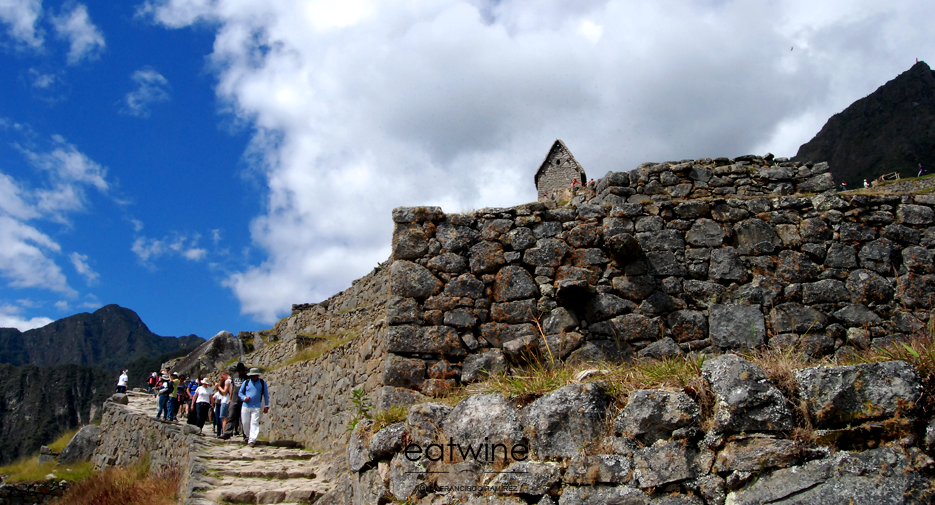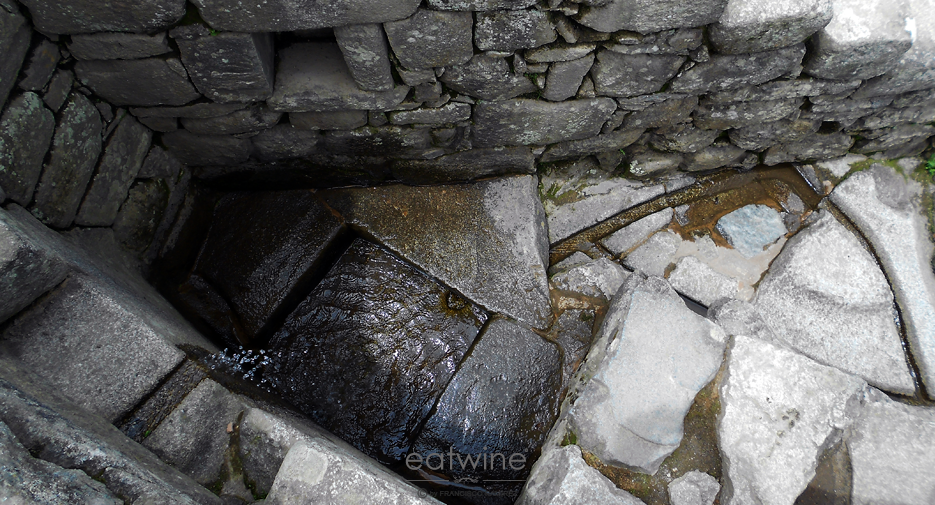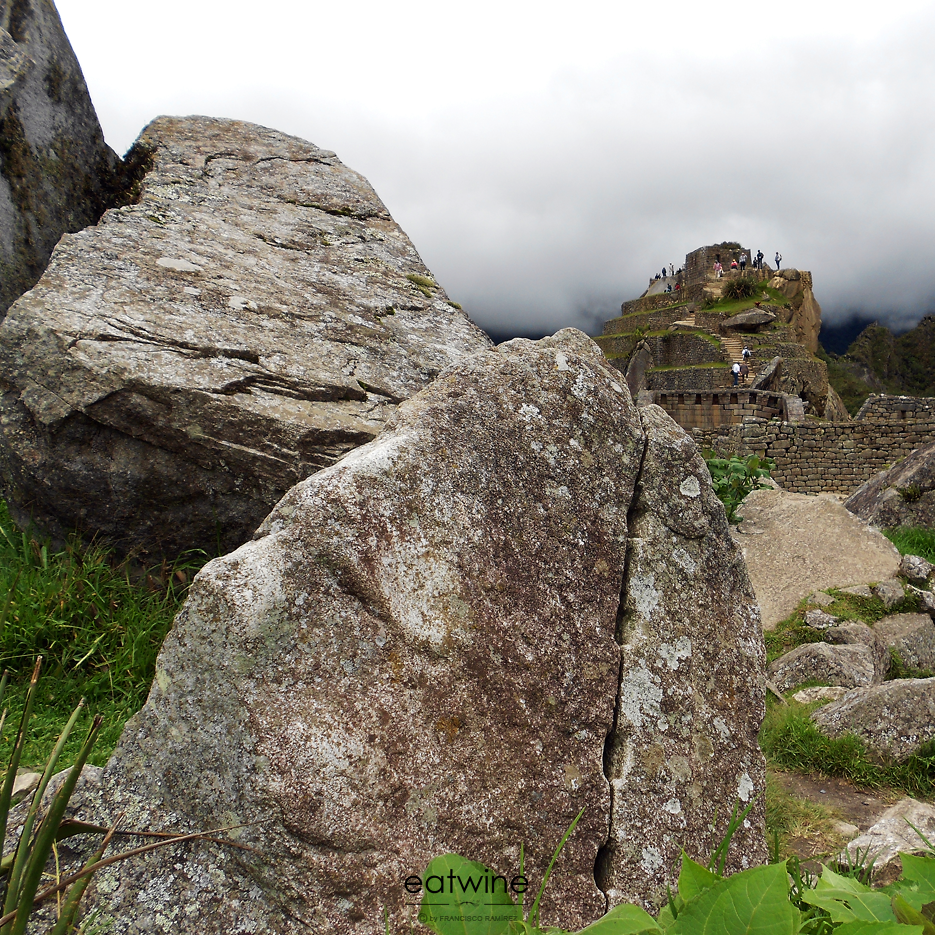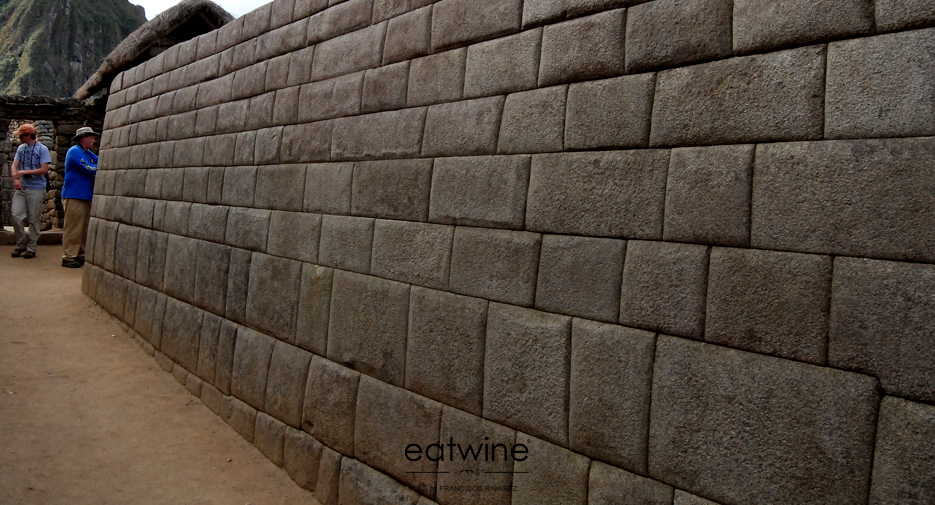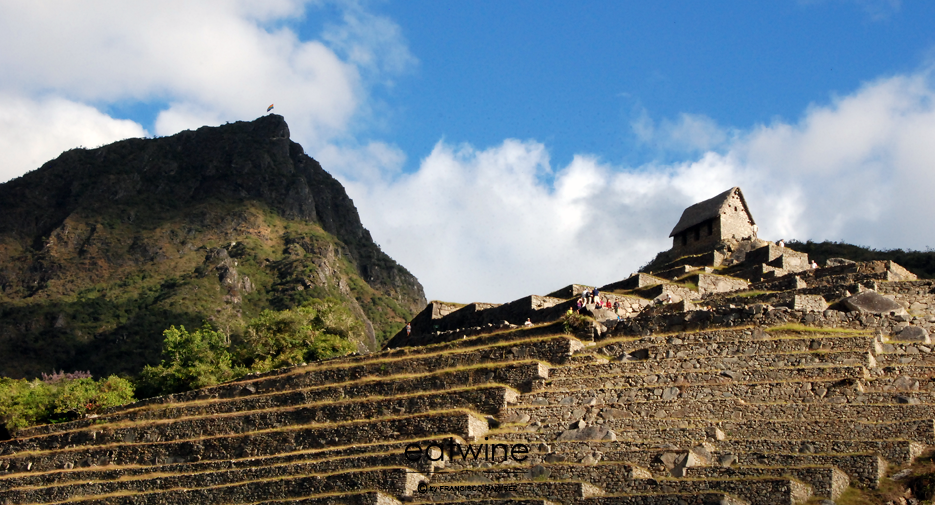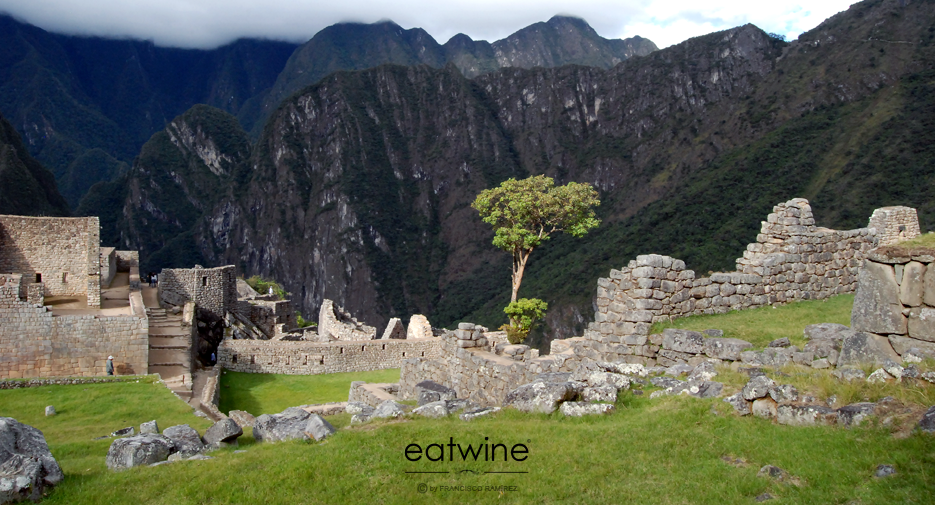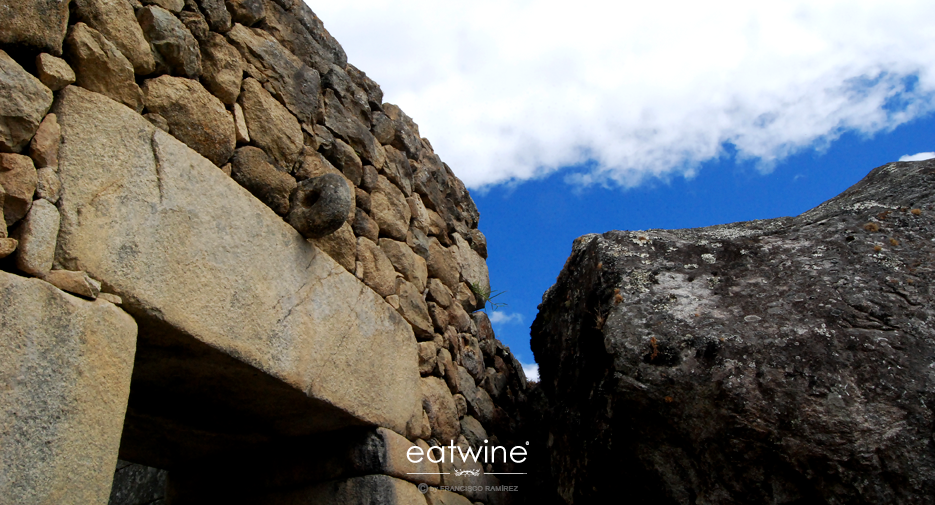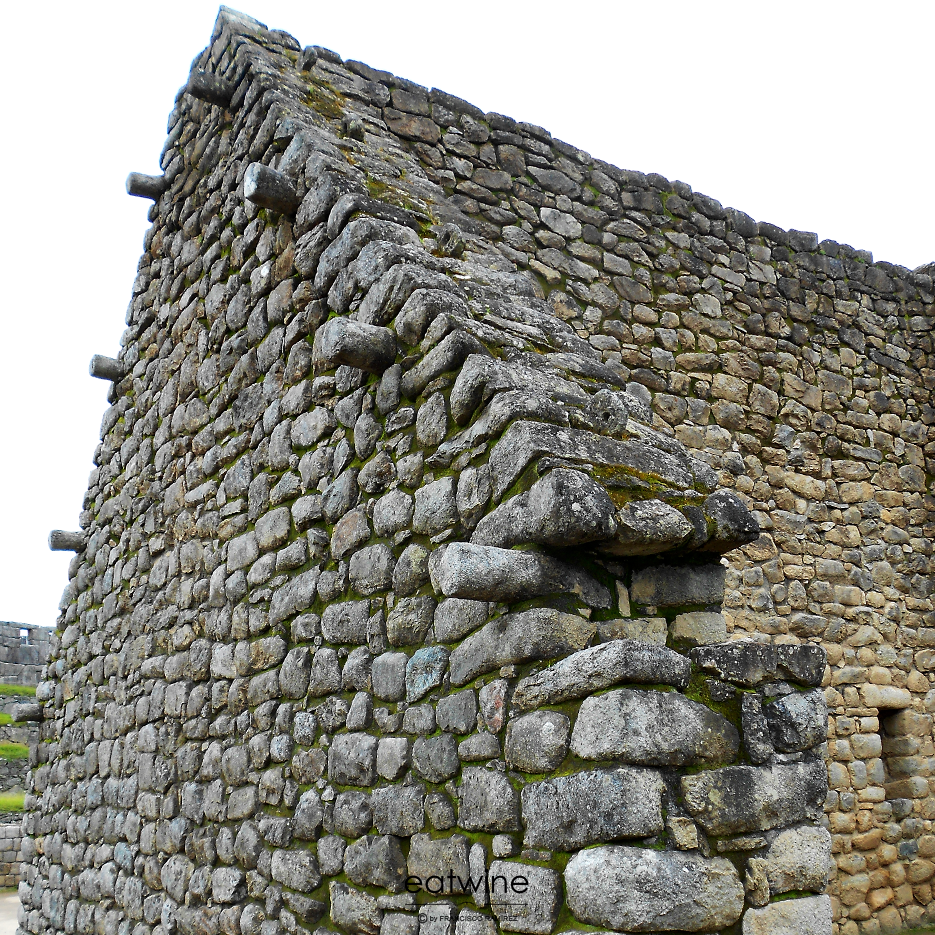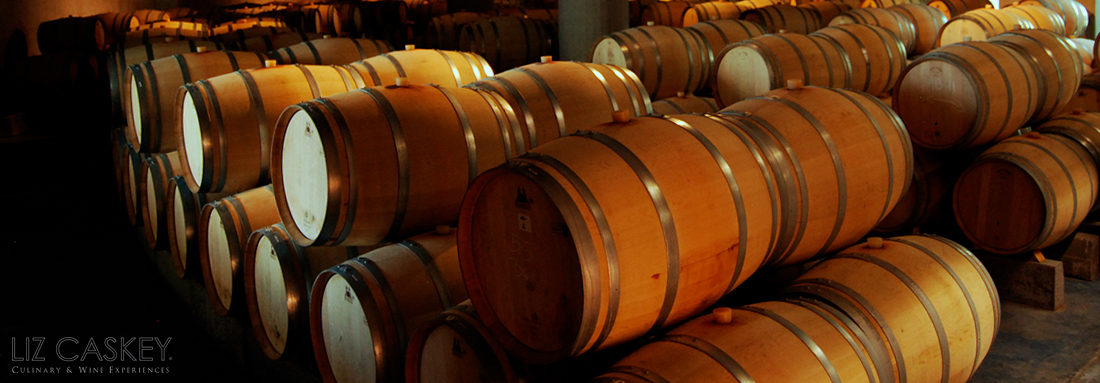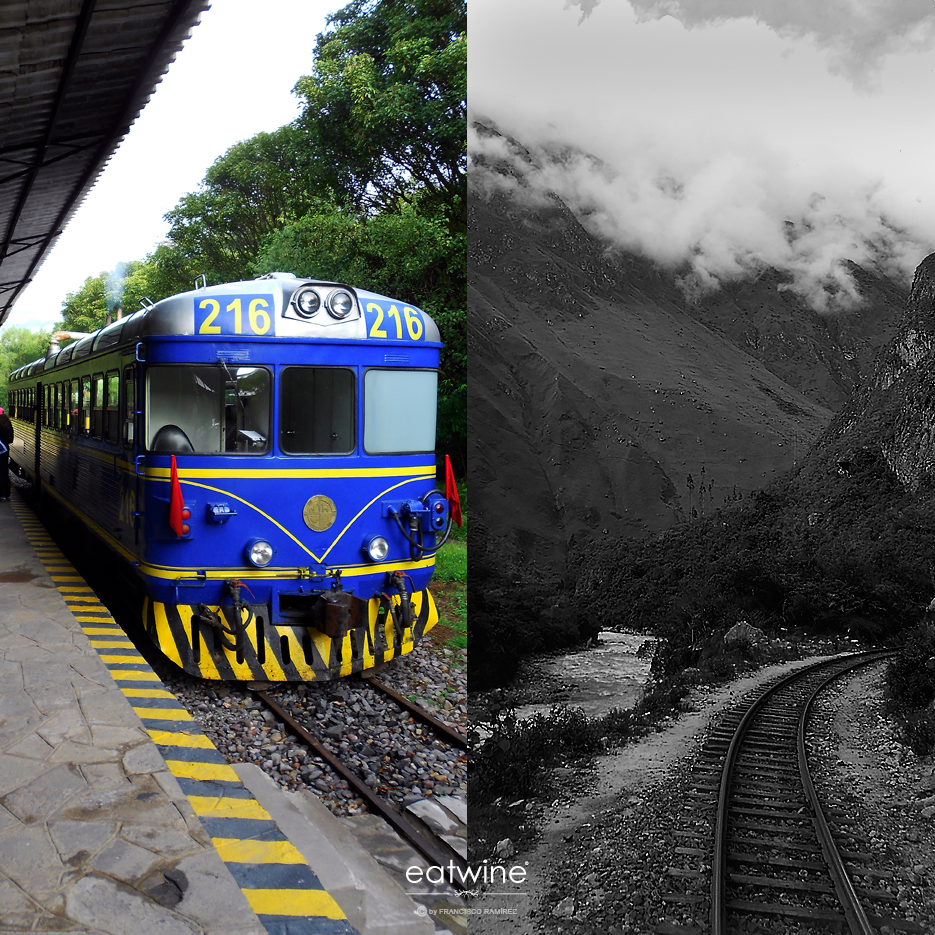
Machu Picchu doesn’t need much of an introduction. The ancient Incan city appears on the bucket lists of many world travelers. Perched 8,000 above sea level in the dense jungle of the southern Peruvian Andes, it was once thought to be a royal estate for the legendary warrior Pachacuti, largely responsible for building the Inca Empire during the 15th century. The huge stone citadel was rediscovered fairly recently in 1911 by Hirim Bingham. It was spared the destructive wrath of Spanish colonization largely because of its remote location and the incredibly rugged terrain.
Machu Picchu is not easy to reach–but that’s part of its mystique. You either have to hike (anywhere from 2-7 days) to arrive on the Inca Trail or take a thrilling train ride that snakes along the gushing Vilcanota River to the town of Aguas Calientes and then hop on a bus that serpentines up the steep mountainside (let’s say a dozen and a half curves, at least) to arrive at the Citadel.
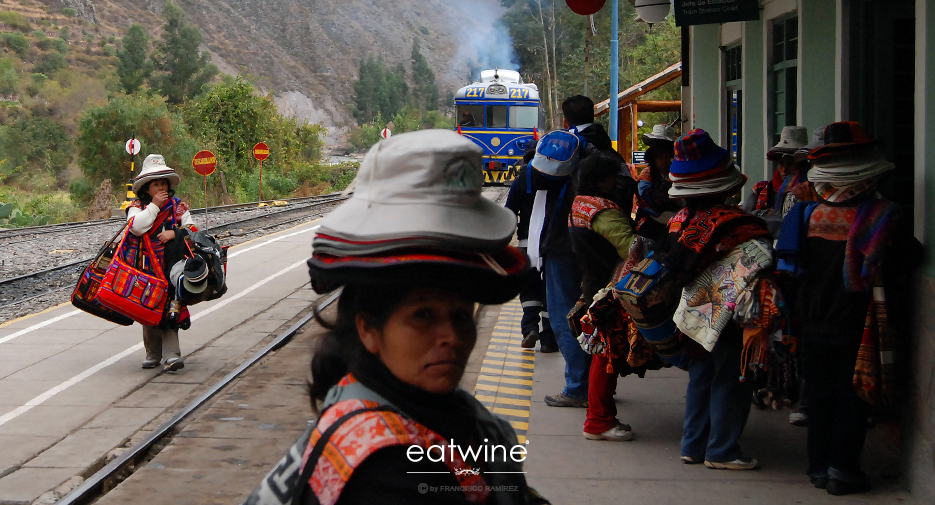
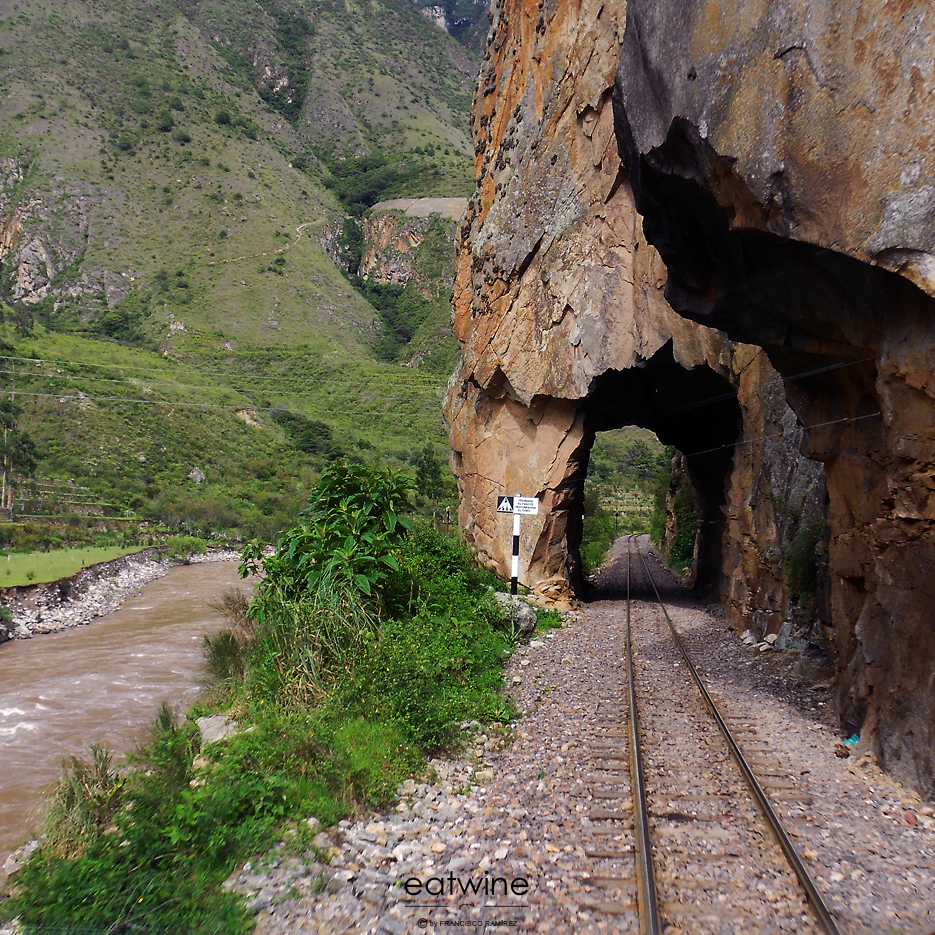
Since much has been written about Machu Picchu by anthropologists, archaeologists, engineers, historians, astronomers, and even astrologists, after half a dozen visits in recent years, I still struggle to find the right words to convey what Machu Picchu is. Given that I am not an expert on it, my intent is not to rehash it’s history nor the many theories as to why it was abandoned. That’s not the point of traveling thousands of miles to visit Machu Picchu, either. It’s a place to go to marvel and appreciate creation in all respects: human creativity, ingenuity, culture, the force of Mother Nature, and our ever-present universe. It’s a place that is best observed through an attitude of appreciation. In this post, I want to to take you there in feeling with the help of my husband’s gorgeous pictures which capture some of its marvel.
Here we go!
Isn’t it awesome that Machu Picchu was built with eternity in mind both in construction and worldview? From atop the steep mountain it looks upward to the heavens and is an amphitheater for the sounds of nature: eternal silence, birds chirping, the howl of the wind, the murmur of the river churning thousands of feet below.
Doesn’t it feel like the surrounding mountains quietly gaze down upon us visitors like wise elders? How much have they seen since they were created millions, even billions, of years ago? How long will they be there? Our passing on this earth as humans is so short yet marvelous.
Isn’t the stone masonry amazing? It’s an entire city made from cut stone fit together without mortar. Some of the boulders weigh over 100 tons and are fit so tightly that it’s cracks can’t even be penetrated by a knife. How did they ever move them on that steep mountainside?!
Can you appreciate how advanced Inca civilization was for its time? They measured the mountain springs so they’d have an idea how much the water would vary in a year and created canals throughout the city to carry fresh water to 16 fountains (some over ½ mile away). In hygiene, they were more advanced than piers in Europe at the time.
Aren’t the Incas ingenious to have realized their largest challenge was the unstable earth on the mountain? They first stabilized the slopes with over 700 hundred terraces for drainage and then leveraged them to cultivate crops as they were first and foremost an agricultural society. Without those terraces, the mountain would have slid and so would their precious city.
Isn’t it incredible that Machu Picchu was laid out with an aesthetic design that integrated the beauty of the surroundings into the citadel itself? For example, the ancient windows have views peering down to the Urubamba River below or onto a mountain peak. The guardhouse built on a strategic bluff overlooking the city isn’t entirely utilitarian purpose; it’s the best vantage point to admire the architecture and surrounding area.
Doesn’t it blow your mind to think that the fastest runners baring urgent messages from Cuzco could arrive on the Inca Trail in less than two days (a trek that normally is four)? Many mountain passes are over 14,000 feet in altitude!
At Machu Picchu, I suggest finding a patch of grass on a terrace away from fellow visitors to sit quietly for a moment. Just drain your mind and feel the place. Appreciate the sensation of being directly connected to earth and nature. This is no ordinary spot on our planet. Revel in the warm sun caressing your face, a cool breeze rustling to tickle your neck. Let the magnificence of being alive and the present moment shine down upon you. There’s nothing to do other than appreciate. Perhaps this connection is what the Quechua culture (which was then governed by an Incan Emperor) refers to as the “Pachamama”; the ever-constant presence of Nature, and its power and beauty.
Aren’t you grateful you decided to travel to experience Machu Picchu first hand? It’s impossible to return unchanged and uninspired. It’s a testimony to the creativity of man and the everlasting power of nature. Thankfully, the Incas had the vision to build Machu Picchu for eternity so that many future generations (like us) can appreciate, adore, and marvel at it.
